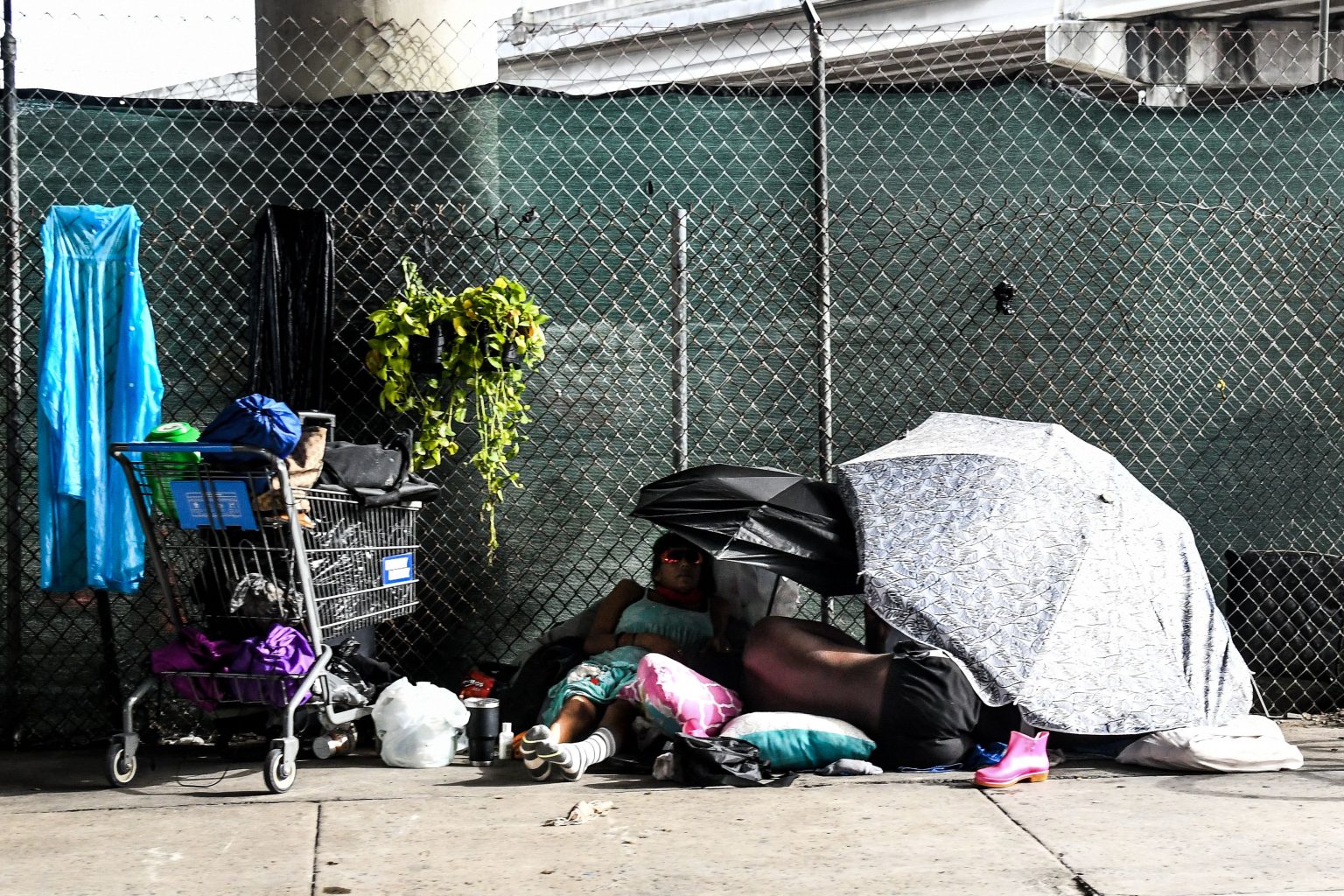In 2022, record levels of homelessness were reported in the United States, with an average of 582,462 people without a home on any given night. Among these individuals, 127,768 were chronically homeless, the highest number ever recorded. The report attributes the increase in homelessness to rising housing costs and a lack of affordable housing options. Despite homeless services providing shelter for 348,630 people, 40 percent of those experiencing homelessness live unsheltered, which can impact their health and safety. Homelessness overall has increased by 6 percent since 2017, with states like California, Vermont, Oregon, Hawaii, and New York having high rates of unsheltered individuals.
The District of Columbia had 4,410 people experiencing homelessness on any given night, equating to 65.9 people per 10,000. In contrast, Mississippi had the lowest rate of homelessness in 2022 with 4.1 per 10,000. The report highlights the cost of housing in cities like San Francisco, New York City, Los Angeles, Boston, Washington, D.C., Portland, and Seattle as a contributing factor to homelessness, emphasizing the need for affordable housing solutions. Urban areas typically have higher rates of homelessness due to higher living costs and housing shortages, but rural and suburban areas are also affected by rising rent costs and limited affordable housing options.
Various factors can influence homelessness, including race, gender, and age. Data shows that White individuals have lower rates of homelessness compared to Black individuals, who experience homelessness at more than four times the rate. Native Hawaiian or Pacific Islander individuals face even higher rates of homelessness. Men make up 68 percent of homeless individuals and are more likely to be unsheltered compared to women. The report highlights systemic failures in relation to men experiencing homelessness and points to challenges within support systems and barriers to rehousing.
The majority of homeless individuals are adults (72 percent), with families—including children—making up 28 percent of the homeless population. Veterans represent 6 percent of the homeless population, while unaccompanied individuals under 25 years old make up 5 percent. The report underscores the need for comprehensive solutions to address homelessness, including affordable housing initiatives and support systems to help individuals transition out of homelessness. By addressing the root causes of homelessness and providing adequate resources and support, progress can be made in reducing the number of individuals experiencing homelessness in the United States.


